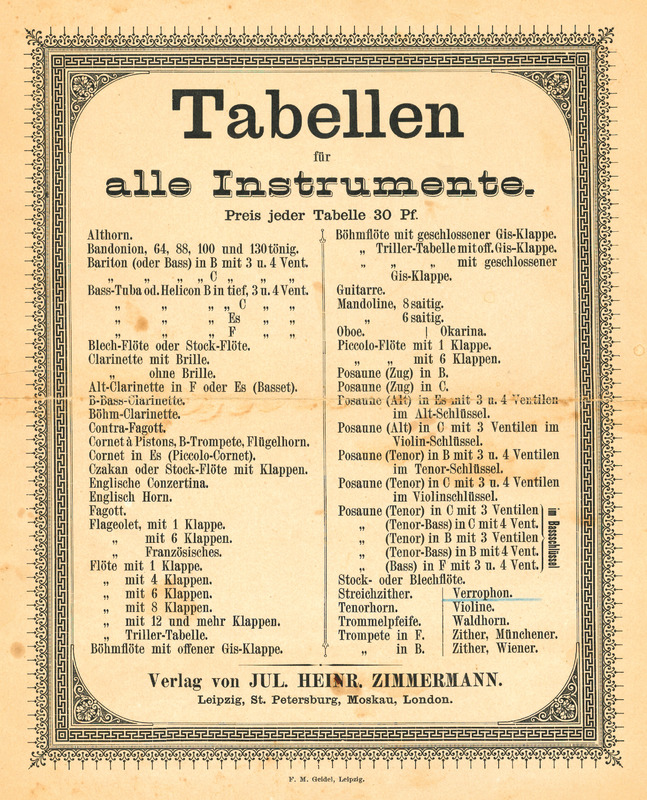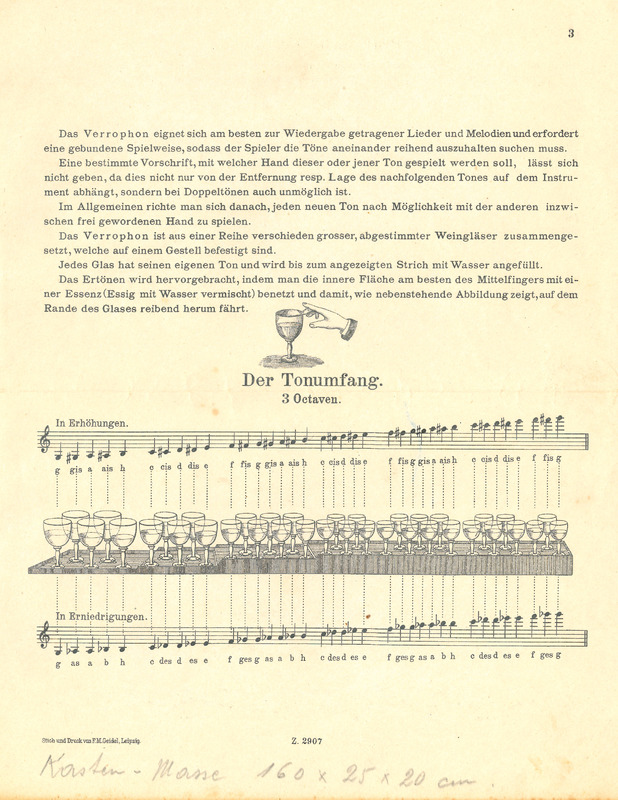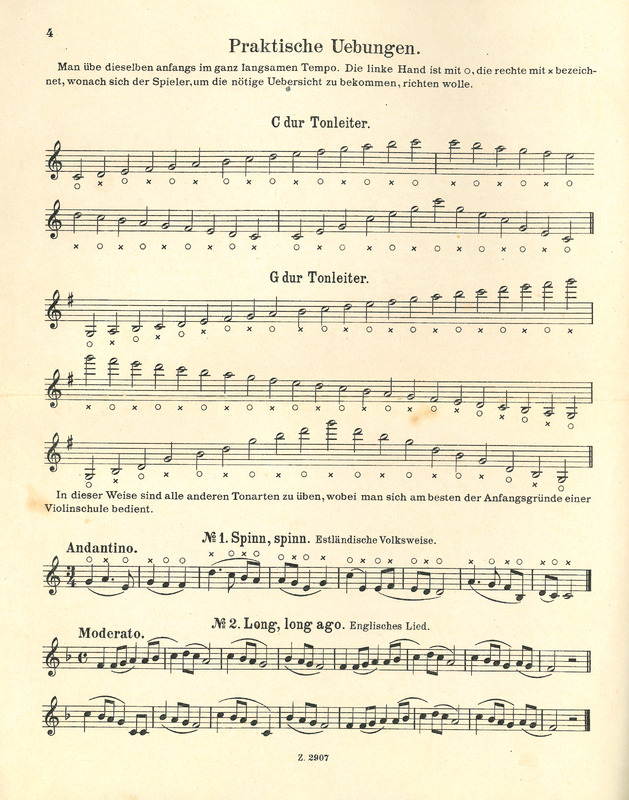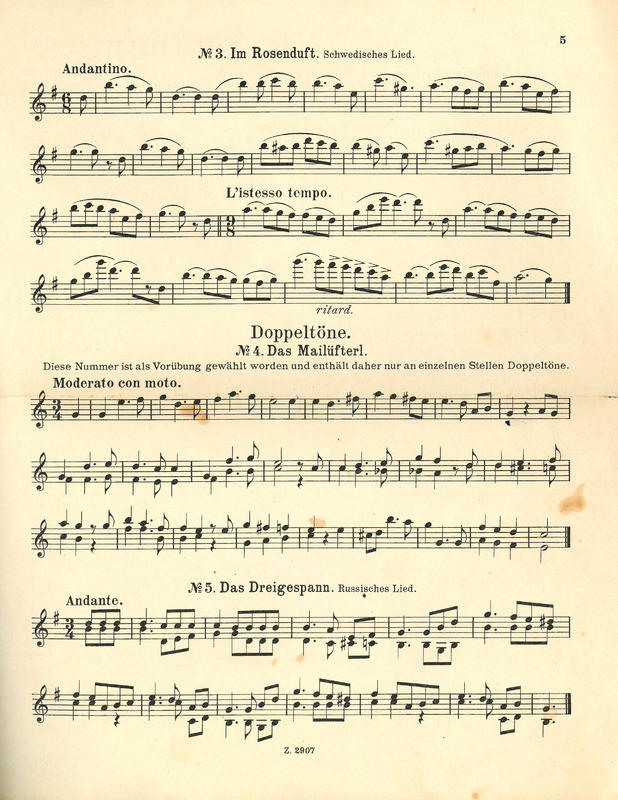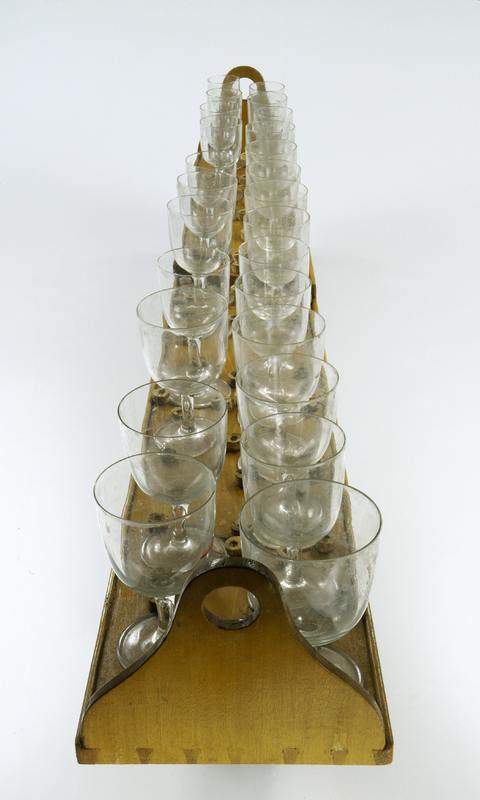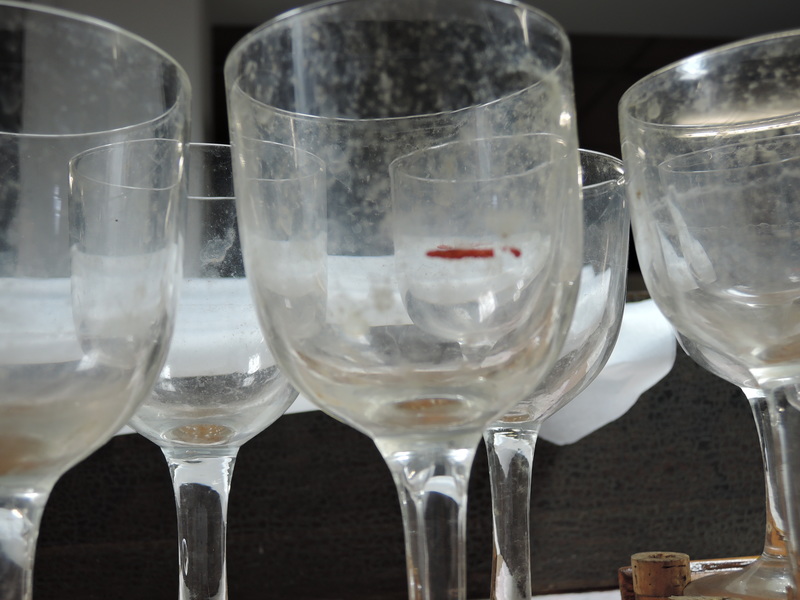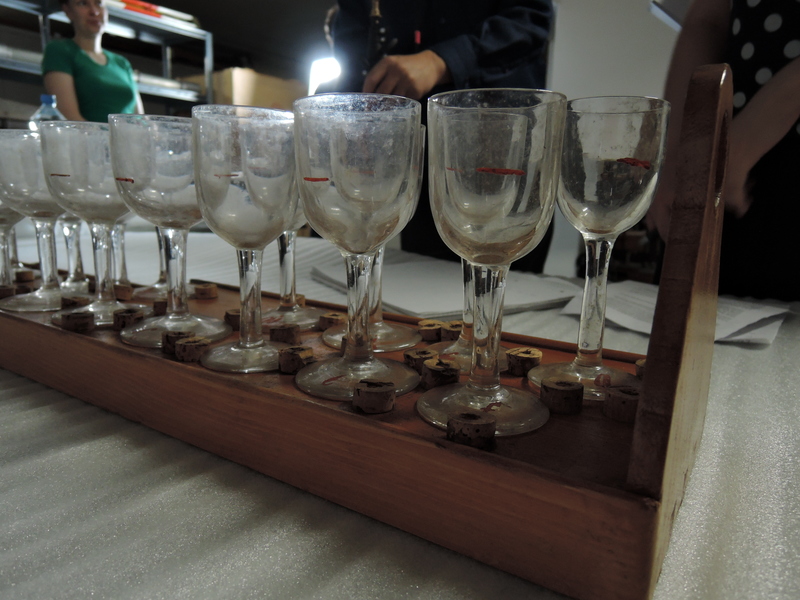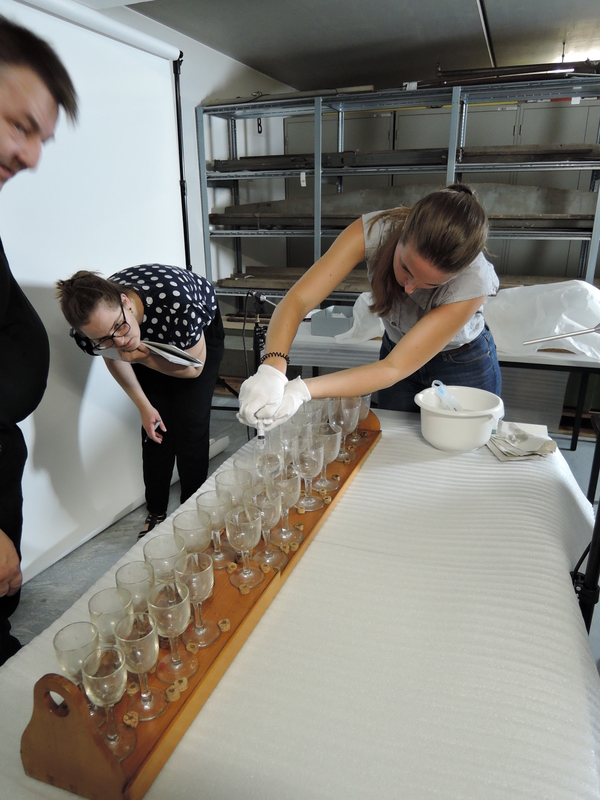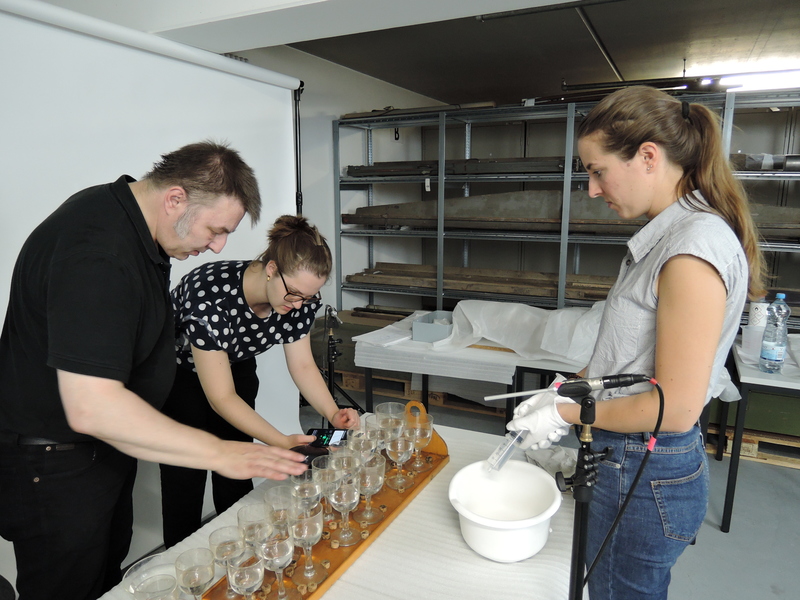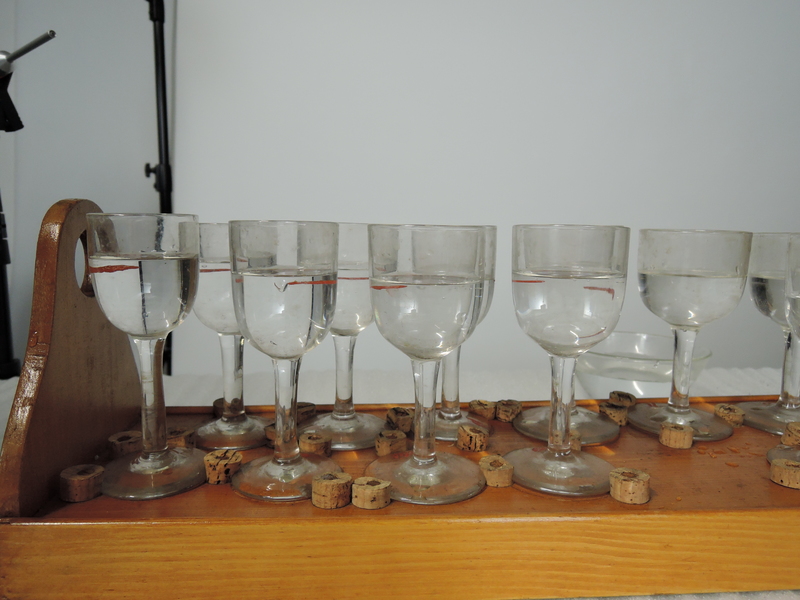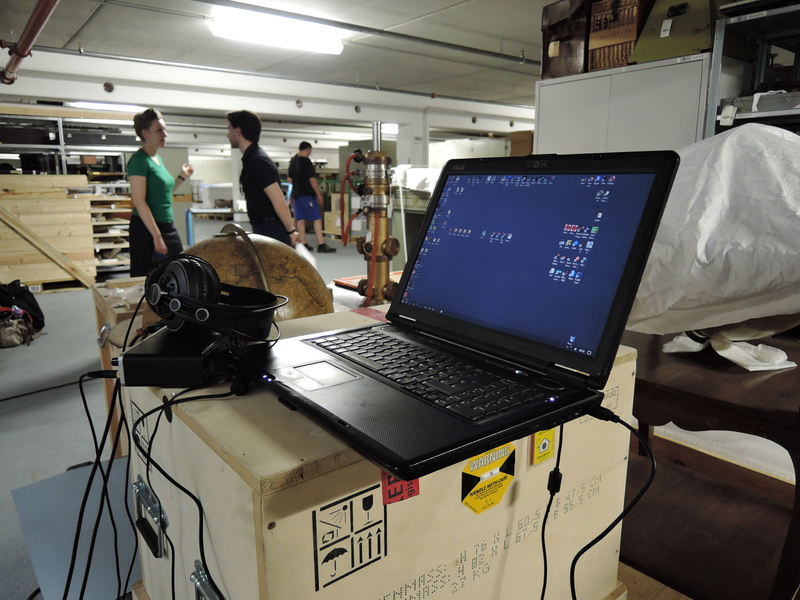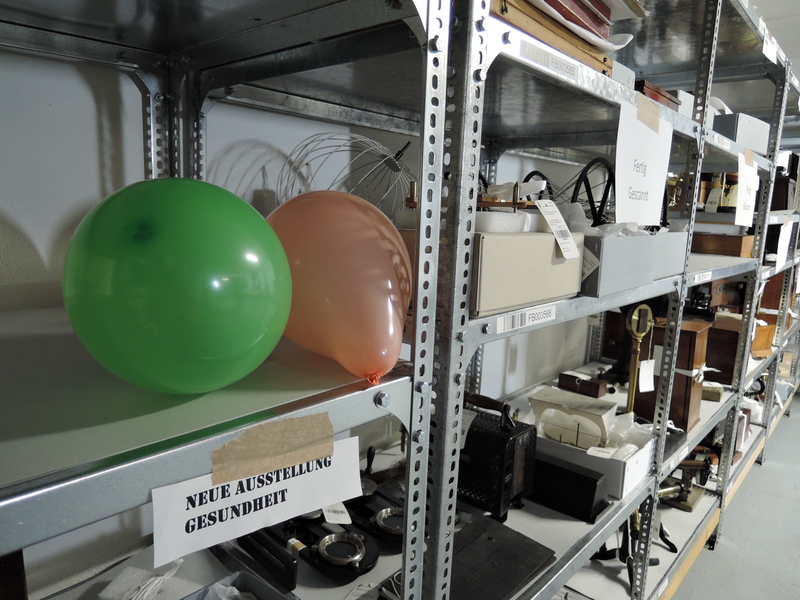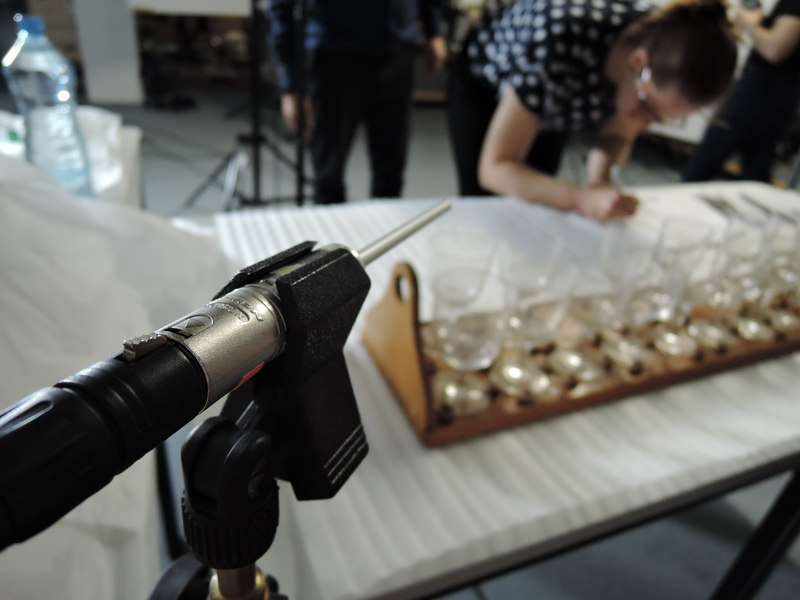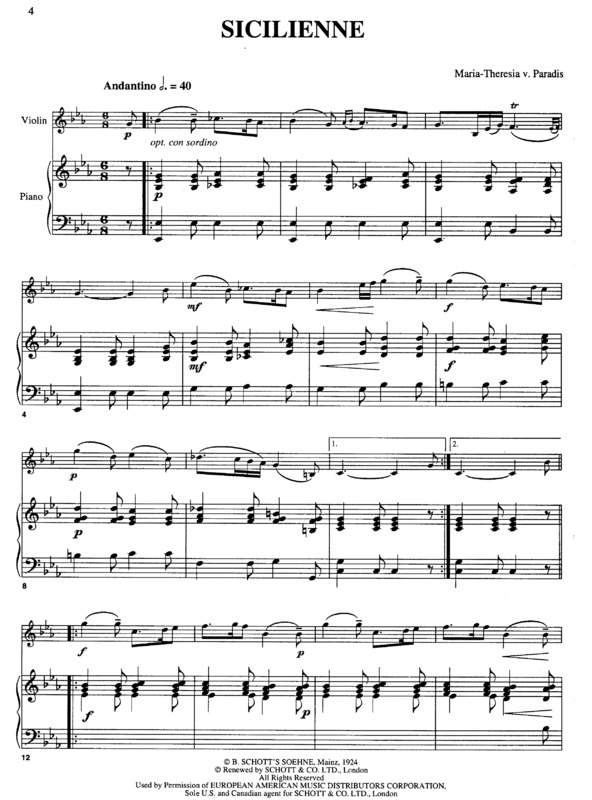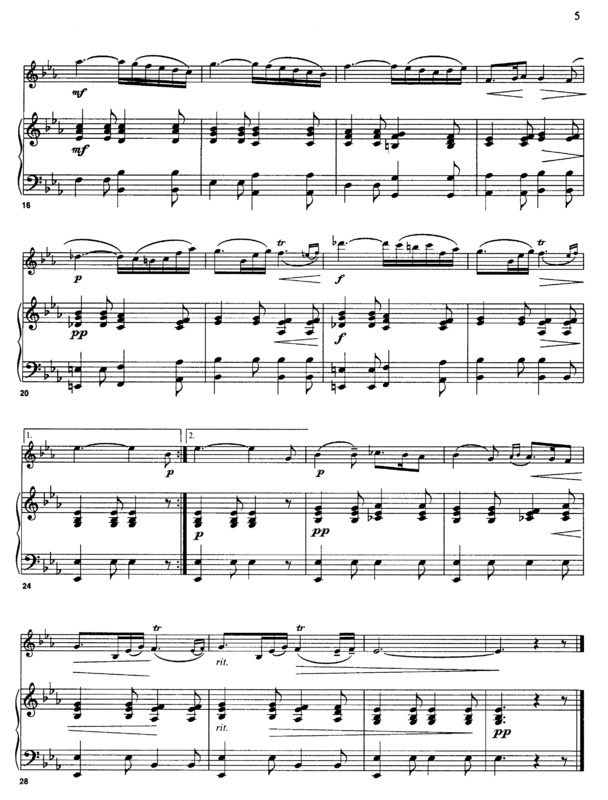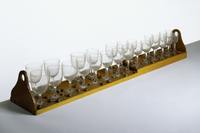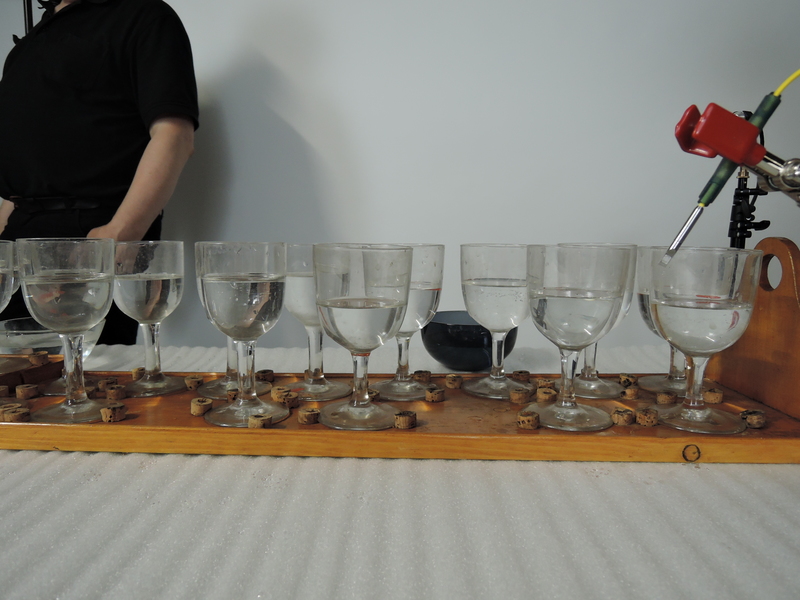Water-glass instruments
Verrophones are among the glass instruments whose origins are thought to lie in Asia. In Europe, the use of glass instruments in performance has been documented since the 16th century by treatises and objects from art collections, including the inventory of Ambras Castle from 1596.[8]
Glass instruments were immensely popular in Great Britain and Ireland in the 18th century under the name musical glasses. They consist of a set of drinking glasses filled with liquid, usually water. Musical glasses are a bit cumbersome to tune, not to mention fragile. Their playing technique is likewise limited, as it takes time for the hands to get from one glass to the next. What speaks for them, however, is that they require no complex, time-intensive maintenance and their sound is often enchanting. This is certainly why glass instruments are still in use today. They were produced in large parts of Europe, often in areas such as Bohemia, which has a rich tradition of glassblowing.
Verrophone No. 2, Adolf Klinger, Reichenberg (Bohemia) 1900, Inv. No. 2003-27
A brochure available in the Deutsches Museum provides more information about the verrophone including playing instructions and several one- and two-voice pieces based on songs and folk tunes from England, Estonia, Russia and Sweden. The brochure also describes the features of suitable pieces:
“The verrophone is best suited for slow, legato songs and melodies that let the player easily find the next tone in the row of glasses.
There is no specific rule which hand should play a specific tone; as this depends not only on the distance or position of the following tone on the instrument, thus it is impossible to determine the fingering for two notes played simultaneously.
In general, it is best to play the next tone with the hand that is currently free.
The verrophone is composed of a series of tuned wine glasses of different sizes, all of which are mounted on a frame.
Each glass has its own tone and is filled with water to the indicated line.
The sound is produced by wetting the inner surface of the middle finger with a vinegar-water mixture and rubbing it [...] on the edge of the glass.”[9]
The verrophone in the Deutsches Museum dates from 1900, according to the preserved original invoice. The letterhead of this invoice indicates the specialty of the Adolf Klinger musical instrument factory as aeolian instruments. According to the company’s advertisements, these include percussion and friction instruments, glockenspiels and xylophones.
The range of the verrophone covers two octaves – from g2 to g4. It is played with wetted fingers on 25 wine glass-shaped glasses arranged in two rows. The feet of the glasses are stabilized with cork rings on a wooden plate. Thus, the glasses can vibrate in their entirety. For storage, the glasses together with the plate are placed in a wooden box and lifted out using wooden handles on the sides.
The glasses are arranged like a piano keyboard; only the highest four tones deviate. They have different sizes and must be filled before the performance with water, or in some cases, wine vinegar. The more fluid in the glass, the lower the tone, with the fill level indicated by a red marking. The same color is used on the glass feet to indicate the respective tone letter. The paint has partially flaked off.
To prepare the recording, the glass of the lowest tone, G, was filled to the mark and used as a reference. Its frequency is about 786 Hz. The two glasses for A, which would otherwise be used, are not marked. The remaining glasses were tuned in equal temperament using a tuner; in some cases, the fill level differs considerably from the marking. For our recording, we filled the glasses with distilled water and acetone due to reasons of conservation.
The recording took place on August 1, 2018 in a depot of the Deutsches Museum. The reverberation time was about 800 ms. Microphones were used with an A/B stereo pair and a centrally positioned measuring microphone. In addition to single tones, Bruno Kliegl played the Sicilienne formerly attributed to Maria Theresa von Paradis. We thank Prof. Dr. Christoph Reuter and Claudio Albrecht from the Musicological Institute of the University of Vienna for the recordings; the video was created by Konrad Rainer from the Deutsches Museum.
Musical example
Click here to play the verrophone.
For a material analysis of the verrophone, click here.
Outlook
How does this instrument behave during performance and how does it influence its immediate surroundings? To begin answering this question, our cooperation partners, Prof. Dr. Christian Große, Chair of Non-Destructive Testing at the Center for Building Materials and Materials Testing at the Technical University of Munich, and his colleague Manuel Raith used an optical microphone for further analysis. The optical microphone measures the change in air density caused by sound. The laser of the microphone is reflected with different refractions depending on the air density. Here we speak of the refractive index, which is the optical material property based on which the pitch can be determined.
The advantage of this method is its particularly high linearity, which extends to the 1 MHz range and thus far beyond the threshold that the ear can hear. In contrast to measuring with conventional microphones with diaphragms, the optical method using light is almost “massless”, and relatively unaffected by the microphone's own oscillation behavior. This experiment could be repeated with similar instruments to explore the materiality of the sound waves close to the instruments and how it relates to the overall sound.
Related literature on musical glasses:
Stefan Drees: “‘Sphärenmusik’ und ‘Gräberton’. Zum Bedeutungsgefüge von Glasklängen”, in: Neue Zeitschrift für Musik 170 (2009) 5, pp. 24–29.
Alec Hyatt King: “The Musical Glasses and Glass Harmonica”, in: Proceedings of the Royal Musical Association (1946), pp. 97–122.
Peter Sterki: Klingende Gläser. Die Bedeutung idiophoner Friktionsinstrumente mit axial rotierenden Gläsern, dargestellt an der Glas- und Tastenharmonika, Bern: Peter Lang 2000.
Christoph Wagner: “Durchsichtige Klänge. Das wiedererwachte Interesse an Glasharfe, Glasharmonika und Verrophon”, in: Neue Zeitschrift für Musik 170/5 (2009): Fragile Klänge, pp. 42–45.
Rebecca Wolf: “Haltbarkeit. Zeit erleben und Klang erforschen mit Instrumenten”, in: MusikTheorie 34/1 (2019): Materialität – Musik und ihre Objekte, pp. 63–81.
[8] Peter Sterki: Klingende Gläser. Die Bedeutung idiophoner Friktionsinstrumente mit axial rotierenden Gläsern, dargestellt an der Glas- und Tastenharmonia, Bern 2000, p. 16.
[9] The year of publication is not indicated. The publishing house Julius Heinrich Zimmermann existed in Leipzig from 1886 to 1938: https://mfm.uni-leipzig.de/hsm/detail.php?id=102.
Citation: Rebecca Wolf, ‘Glass sounds or the fascination of transparency’, in: Materiality of Musical Instruments. A Virtual Exhibition.



